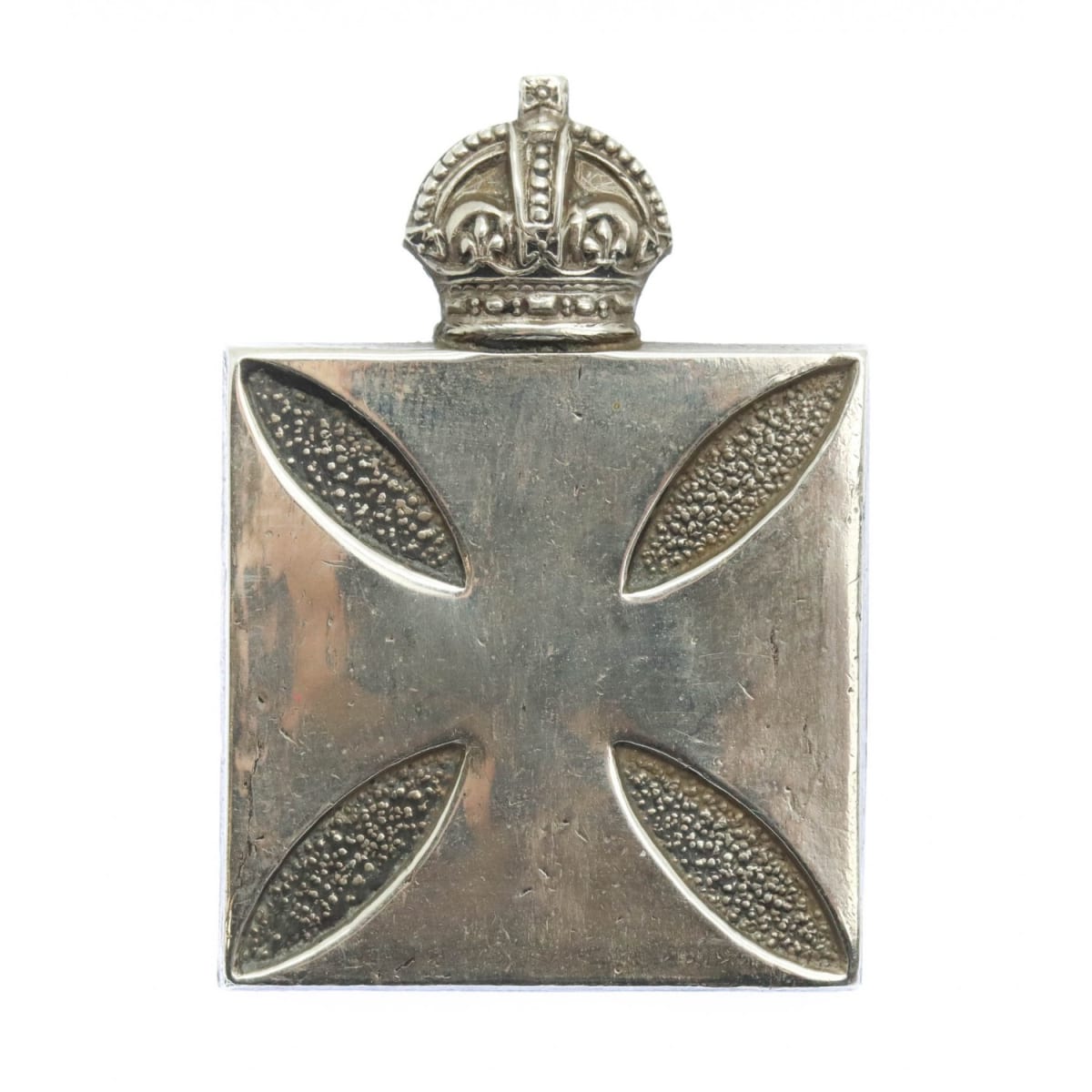
Celebrating the life of
George Walter JOHNSTON
In the First World War, George Walter JOHNSTON volunteered to serve overseas with the Australian Imperial Force (AIF) as an Army Chaplain. He embarked at Melbourne, Victoria aboard HMAT Berrima on 22 December 1914. George is remembered by all his descendants for his service and sacrifice. LEST WE FORGET
Join Memories to request access to contribute your cherished photos, videos, and stories to George Walter's memory board with others who loved them.
Join Memories